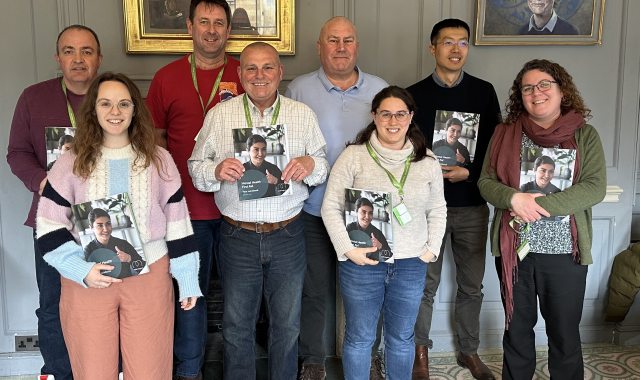Study shines a light into ‘black holes’ in the Arabidopsis genome
- 15 November 2021
- 2 minutes
A new major study led by Gonville & Caius College Fellow Professor Ian Henderson has sequenced the genome of the world’s most widely used model plant species, Arabidopsis thaliana, at a level of detail never previously achieved. Professor Henderson is Head of the Department of Plant Science’s Genetic and Epigenetic Inheritance in Plants Group.
Prior to this, challenging regions of the genome remained unassembled, including the centromeres. These enigmatic chromosome regions have previously been impossible to probe due to their highly repetitive structure, leading to them being deemed the genomic equivalent of black holes.
Now, for the first time, this study reveals the secrets of the Arabidopsis centromeres, shedding light on their evolution and providing insights into a paradox that has mystified scientists for decades.
Co-led by Professor Henderson and Professor Mike Schatz from Johns Hopkins University, the study, published in Science, is the first to successfully perform long-read sequencing and assembly of the Arabidopsis thaliana centromeres, following advances in sequencing technologies.
Since the genome was first sequenced in 2000, long-read sequencing technologies have advanced allowing researchers to see the genome in >100,000 nucleotide pieces, instead of 100-200 nucleotide pieces.
This is thanks to the introduction of nanopore sequencing, which measures electrical current as nucleic acids are passed through a protein nanopore - a hollow structure inserted in a membrane.
As DNA passes through the nanopore, different nucleic acid bases change the current in distinct ways. The resulting electrical signal is then decoded to provide the specific DNA sequence.
“It’s fantastic to be able to see into the centromeres for the first time and use this to understand their unusual modes of evolution,” Professor Henderson says.
Read the full story on the Department of Plant Sciences website and the journal article in Science.
Photo credit: Dawid Skalec


